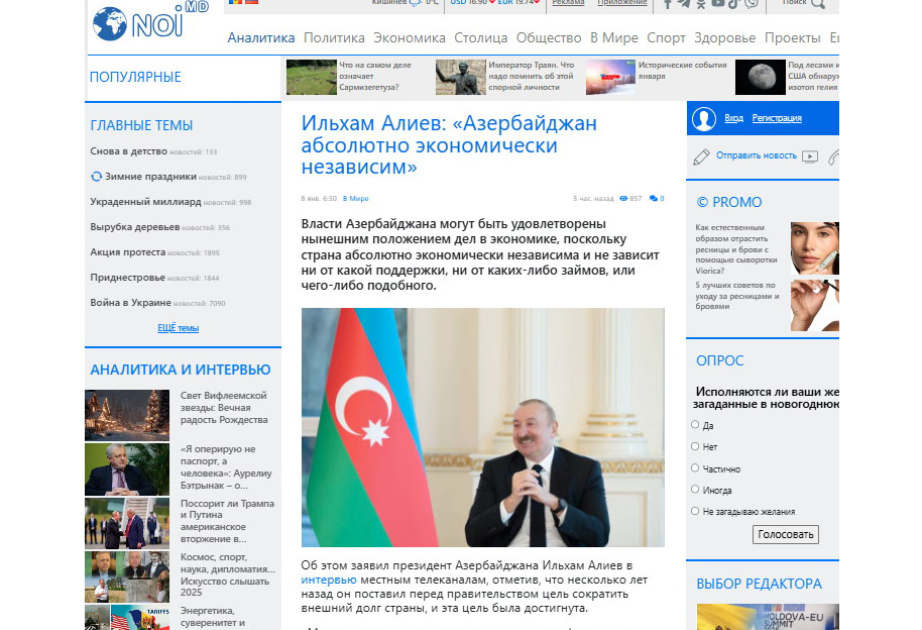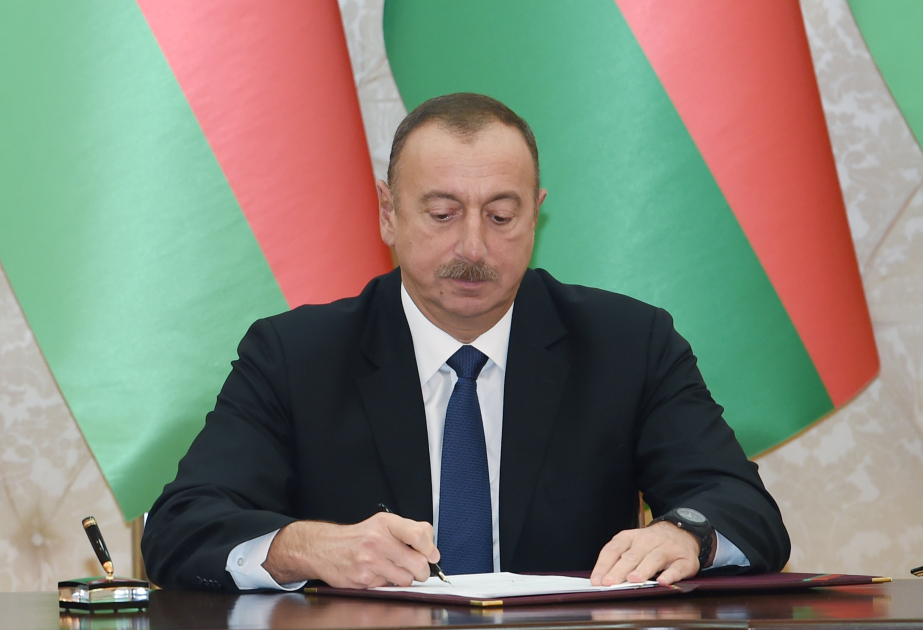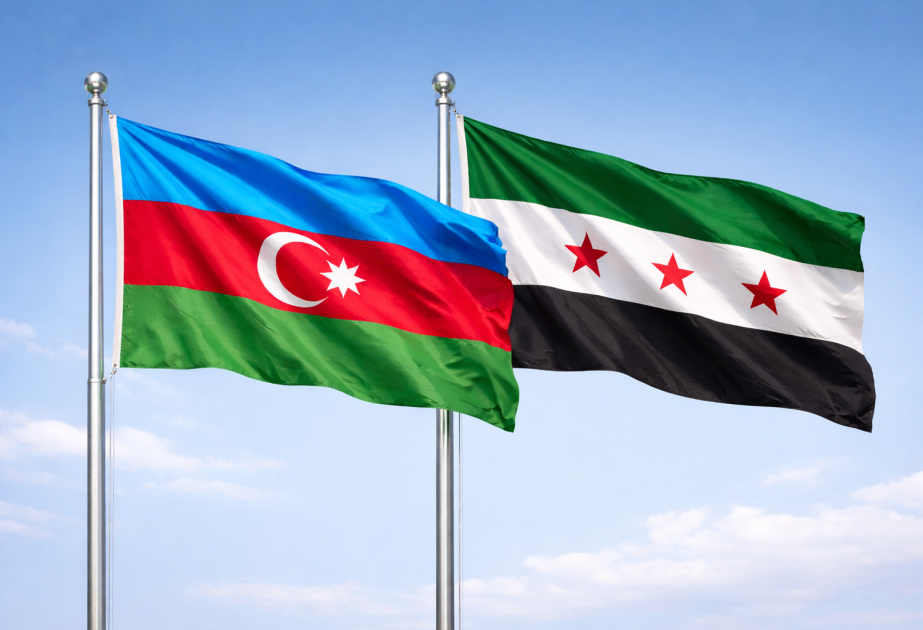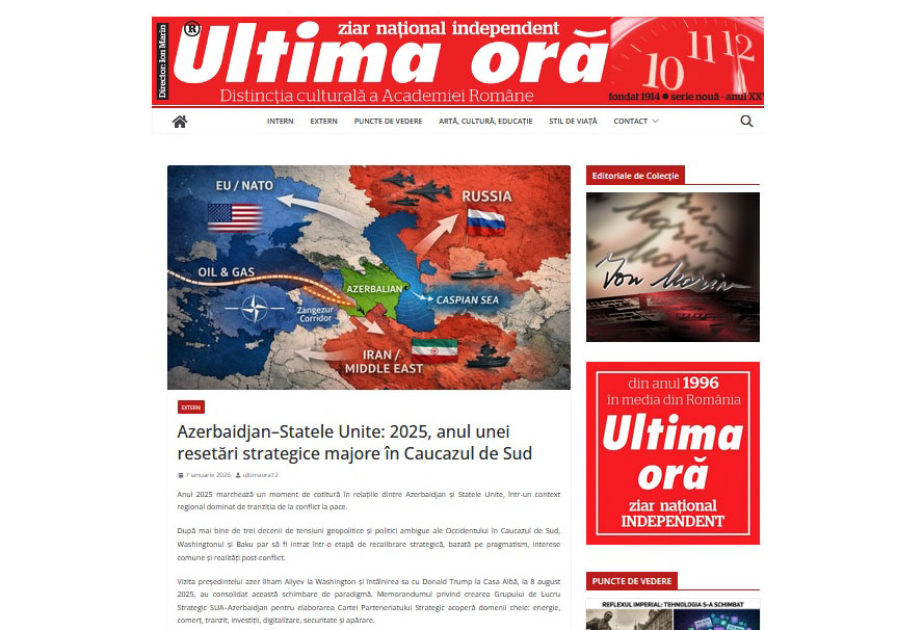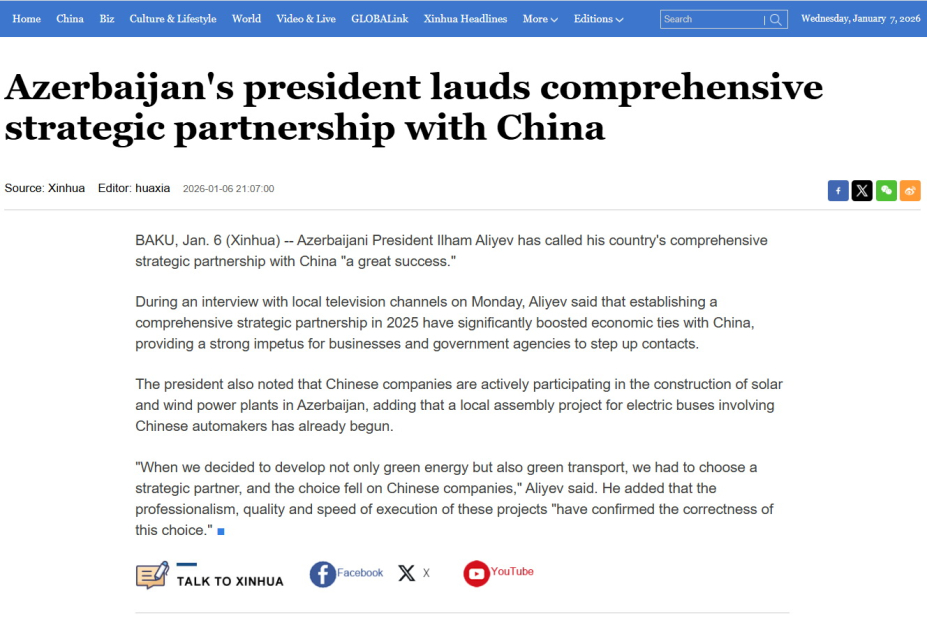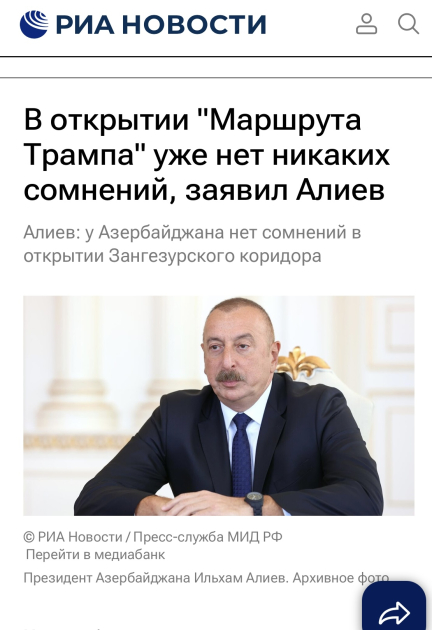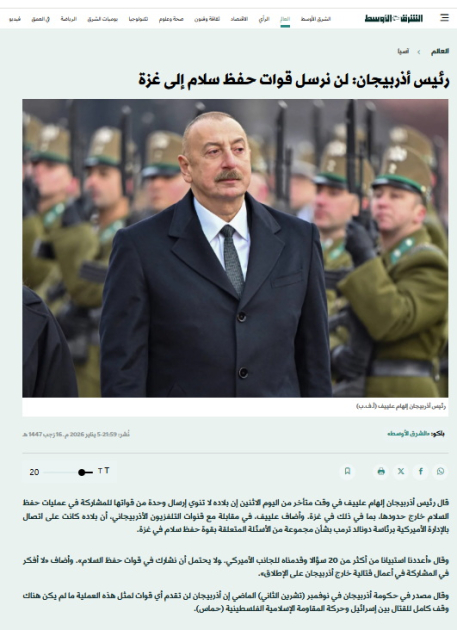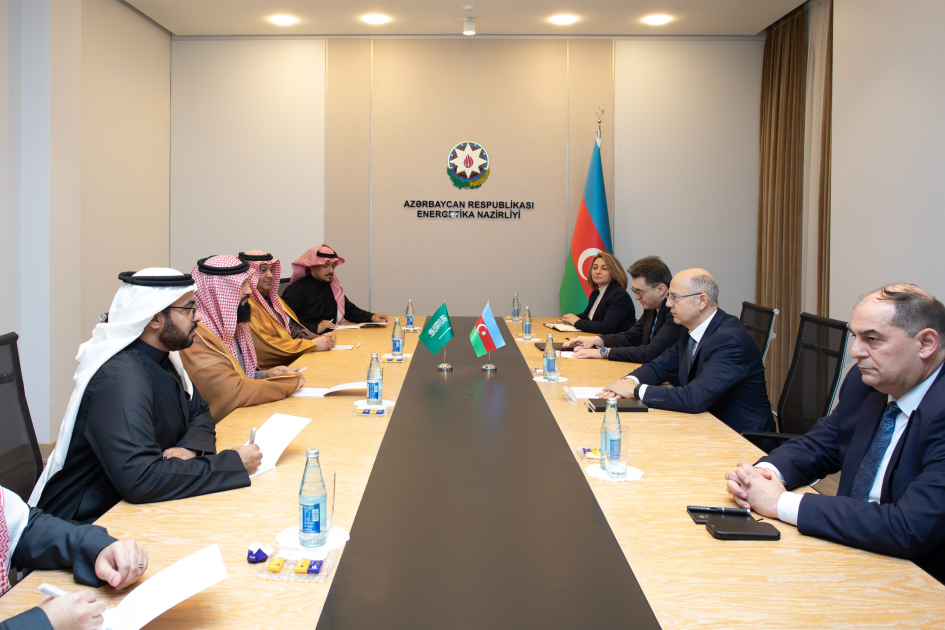I. The ancient land is targeted by Dashnak bandits
The Decree of the President of the Republic of Azerbaijan, Ilham Aliyev, on the celebration of the 100th anniversary of the Nakhchivan Autonomous Republic dated December 30, 2023, allows us to take another look at the turbulent history of this ancient land of Azerbaijan in the last 1 century, its close connection with the Motherland, the path of struggle that brought it to the status of autonomy, and the subsequent It brings to the fore a historical journey into the glorious and troubled course of a complex era.
First of all, I would like to emphasize that our historians have done necessary work in the field of researching the separate stages of the Nakhchivan Autonomous Republic and its history both during the Soviet period and during the years of independence. Among the first researchers in this field, Ali Aliyev (1905-1997), who was our favorite teacher at Nakhchivan State Pedagogical Institute (later Nakhchivan State University), candidate of historical sciences, associate professor, has a special place and service. This devoted scientist worked in high government positions in the Autonomous Republic in 1941-1970, and at the same time, he always fought a scientific struggle against Armenian-Dashnak claims and seditions.
In his letters to the leadership of the USSR and the Azerbaijan SSR, Mr. Ali repeatedly showed facts and sharply accused that Dashnak bandits and their leaders committed mass murders against our people in Nakhchivan and other regions. Ali Aliyev, who did not change his convictions despite being constantly persecuted due to his unshakable national position, shed light on the hidden pages of the 20th century history of Nakhchivan with his research.
After the Bolshevik coup of October 1917, the people of Azerbaijan, like other peoples of the Caucasus, started a struggle to determine their own destiny. As witnessed and written by Ali Aliyev, at the end of 1917, the Armenians' claims against Nakhchivan became particularly strong, and in the beginning of 1918, the armed groups of the Dashnaks entered the territory of Nakhchivan and began to commit genocide under the name of fighting against the Turks. Only in the Nakhchivan region, 73,727 Azerbaijani Turks were killed. From the end of 1917 to April 1918, Armenians looted 197 villages and carried out ethnic cleansing in Iravan province, which includes Nakhchivan and where the majority of the population is Azerbaijani Turks.
After the October Revolution in Russia in 1917, the Russian soldiers who fought in the First World War, including on the Russia-Turkey front, returned home at the call of the Bolsheviks. The agreement concluded between Turkey and Russia on December 18, 1917 in Erzincan ended the war. However, tens of thousands of armed Armenian soldiers and officers in the Russian army brutally massacred the Turkish-Muslim population in the Ottoman lands, which had been occupied since the beginning of the war, and many of them had been invaded in the war of 1877-1878.
They planned to build the future "Great Armenia" on these lands abandoned by the Russian army. The decree of the Council of People's Commissars of the RSFSR headed by Vladimir Lenin dated December 29, 1917 "On Turkish Armenia" directly served this purpose. It was announced that the workers' and peasants' government of Russia defends the right of the Armenians of "Turkish Armenia" to free self-determination until full independence.
Sending troops to the region, creating an Armenian "people's militia", moving Armenians from different countries here, etc. insidious purposes were intended. All these tasks were entrusted to Stepan Shaumyan, the temporary commissar for Caucasian affairs. In order to prevent this invasion policy, the commander of the 3rd army of Turkey, Vehbi Mehmet Pasha, asked the high command to give Kazım Garabekir, who showed bravery in the First World War, to his army. On January 28, 1918, staff colonel K. Garabekir was appointed to the command of the First Caucasus Corps.
Despite the harsh winter conditions, K. Garabekir's corps liberated Erzincan on February 13, Erzurum on March 12, and Hasangala on March 13 from Armenian occupation. Then, the lands that were occupied by Russia for 40 years and occupied by Armenians from October 1917 began to be liberated. On April 25, Sarıgamysh and then Kars fortress were liberated. For these services, K. Garabekir was given the rank of mirliva (general-pasha).
On May 15, 1918, Kazim Garabakir Pasha's troops crossed the Ottoman state's borders with Russia in 1877 and began attacking Gyumri (Alexandropol). 9 locomotives, 120 wagons, many cannons, rifles, etc. were seized. K. Garabekir Pasha captured Gyumri on May 20 and placed his headquarters here. Within a week, he pushed the Armenian army back 60-70 km and gained a favorable position to take Yerevan and Etchmiadzin (Uchkilsa).
At that time, the plan of the Armenians to create an Armenian state on the territory of Turkey was thwarted by the decisive blows of the Turkish army, and the Armenians were forced to retreat, leaving their main center, Gyumri, and a number of positions. Having declared its independence in Tbilisi in May 1918, Armenia had no choice but to ask for peace from the Ottoman state. Such a firm position was formed in Turkey that the creation of an Armenian state on its territory is out of the question. If such a state is to be created, it may be possible in the Caucasus occupied by Russia.
The Turks did not intend to lose Gyumri, which was considered the main base of the Armenians at that time. Therefore, when the Republic of Armenia was announced, it was questionable where the capital of this country would be. Although there were certain recommendations, there was no serious pressure on the Azerbaijani government regarding the transfer of Yerevan to the Armenians. Although the Armenians, who were suppressed by the Turkish Army and mostly populated the nearby districts of Yerevan and the governorate, had military power, Yerevan and the entire province were legally the land of Azerbaijan, and the absolute majority of its population was made up of our compatriots.
In May 1918, independence was declared in Azerbaijan as well as in Georgia and Armenia. The government of the Republic of Ararat (Armenia), established on the territory of the former Iravan khanate and governorate, made groundless territorial claims against Azerbaijan from the moment it declared its independence. The Dashnak government began to forcefully seize the lands of Azerbaijan with thousands of armed soldiers under its command, who had participated in the world war, as well as had experience in the battles against Turkey.
In such conditions, a meeting of the National Council of Azerbaijan was held on May 29, 1918. Fatali Khan Khoyski, a member of the National Council, informed about the results of the discussions between the representatives of the National Council and the representatives of the Armenian National Council regarding the delimitation of the borders between Azerbaijan and Armenia. He said that since Alexandropol was transferred to Turkey, the Armenian state needs a political center. Such a center can only be Iravan, therefore this city must be concessioned to Armenians. The proposal was voted on and accepted.
It is known from the document that 16 people voted in favor of this proposal, 1 person was against it, and 3 people refused to participate in the voting. Therefore, 20 out of 28 members of the National Council participated in that meeting.
On May 29, the day after the declaration of independence, the Azerbaijani government announced that it had given Yerevan to Armenia, not only deterred Armenians from territorial claims, but also increased their appetite. The Prime Minister of Azerbaijan, Fatali Khan Khoyski, wrote in his telegram from Tbilisi to the Minister of Foreign Affairs Mammadhasan Hajinsky, who participated in negotiations with the authorized representatives of the Ottoman state together with the Chairman of the National Council, Mohammad Amin Rasulzade, in Batumi: "Dear Mammad Hasan!
Here they create various obstacles for us to send the telegram about the independence of Azerbaijan. I am sending you the text of the telegram in Russian and French to be transmitted by radio from there, by direct line to Constantinople, and from there by radio to other places. As the Minister of Foreign Affairs, you can sign the telegram alone. Nasib Bey and Sultanov left for Yelizavetopol to inform and prepare the population. We have finished all the disputes with the Armenians, they will accept the ultimatum and end the disputes. We compromised Yerevan to them."
By the way, let's note that President Ilham Aliyev's assessment of that act is completely objective and fair in terms of historical reality and political content: "It is no secret that in the 20th century the lands of Azerbaijan were given to Armenia in parts. One day after the establishment of the Azerbaijan Democratic Republic in 1918, unfortunately, the city of Yerevan was handed over to Armenia. However, there was no reason for this. This is the ancient city of Azerbaijan... As for that decision, I think, and probably everyone will agree with me, that it was a great historical crime, not a mistake, but a crime. Firstly, the Azerbaijanis living in Yerevan at that time were not asked. Second, what was the contraband? "Where were they in a hurry?... After Sovietization in April 1920, in November, the Soviet government already took the most part of Western Zangezur from Azerbaijan and gave it to Armenia."
Apparently, the separation of Nakhchivan from the main part of Azerbaijan in this way, as well as the loss of Azerbaijan's natural borders with Turkey, fueled Armenia's claims to Nakhchivan. On May 29, 1918, the Dashnaks, who became even more tempted after taking possession of Yerevan, intended to expand Armenia at the expense of the lands of Nakhchivan, Zangezur, and Karabakh, and at the same time, using Russian and British protection, they intended to seize a number of eastern provinces of Turkey.
Let's go back to the disasters caused by Armenian bandits raids in Nakhchivan. At the end of May 1918, the people of Nakhchivan region, led by Karim Khan Iravanli, sent a delegation to Mehmed Vehbi Pasha, the commander of the 3rd Army of the Eastern Front of the Ottoman State, and asked for military assistance against the Armenian occupation. Realizing that defeat in the war with Turkey was inevitable, the Armenians, as soon as they declared their independent state on May 26, 1918, realized the need to make peace with Turkey and asked for peace.
At that time, Georgians were also at war with Turkey. On June 4, 1918, the Turkish state signed a peace treaty with Armenia and Georgia separately in Batumi. On the same day, a friendship treaty was signed between Turkey and the Azerbaijan Democratic Republic. The agreement was signed on behalf of the Republic of Azerbaijan by Foreign Minister Muhammad Hasan Hajinski and Chairman of the National Council Muhammad Amin Rasulzadeh.
According to the agreement signed in Batumi between Azerbaijan Democratic Republic and Turkey on June 4, 1918, the military assistance provided by the brotherly country played an invaluable role in the victory of our national independence, and at the same time, in protecting our people from Armenian and Russian occupation. Before the Azerbaijani government was transferred from Tiflis to Ganja, the Turkish troops who came to help Azerbaijan under the command of Nuru Pasha were stationed and waiting in Ganja. Turkish troops came to Azerbaijan in two groups. The first group, under the leadership of Nuru Pasha, whom Muhammad Amin Rasulzade called "the savior angel", passed through Iran on June 7, 1918, via Zangezur, and the second group reached Ganja via Gazakh on June 9. Panicked and excited by this military campaign, Stepan Shaumyan urgently sent a telegram to Lenin and Stalin: "The Turks passed through Karakilsa, Dilijan and reached Agstafa. From there they will go directly to Baku and Julfa. I am reporting: the attack has begun."
During this period, the Armenian bandit Andranik started operations to capture Nakhchivan and Zangezur, creating cooperation with the Bolsheviks. Andranik, who received support from S. Shaumyan, the head of the Bolshevik government in Baku, committed bloody massacres in the districts of Sharur-Daraleyaz and Nakhchivan. Only Turkey could save the region from mass slaughter.
In early June 1918, the 9th and 11th Turkish divisions moved from Ulukhanli to Nakhchivan. On June 4, 1918, the savior Turkish army entered Nakhchivan. The townspeople welcomed the Turkish army with a wedding and a holiday, and the Turkish flag was raised in the town. Turkish protection was established over Nakhchivan. Turkish troops and local defense forces of Nakhchivan defeated Dashnak gangs and expelled them from the region. Andranik, who destroyed 15 villages of Nakhchivan, moved towards Zangezur after this defeat.
(to be continued)
Eynulla MADATLI,
Deputy director of ANAS Institute of Philosophy and Sociology, doctor of historical sciences


.jpg)
